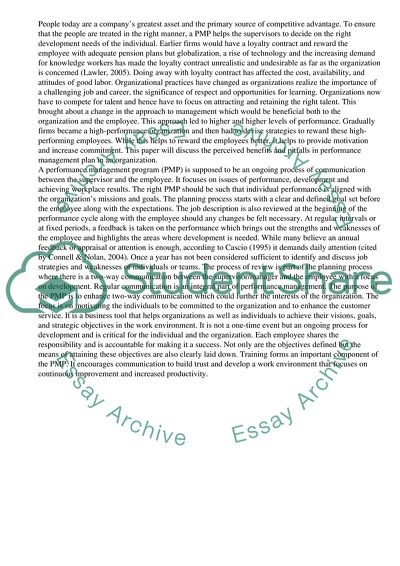Cite this document
(Background of Performance Management Program Research Paper, n.d.)
Background of Performance Management Program Research Paper. Retrieved from https://studentshare.org/management/1709333-the-challenges-eeoc-officers-face-in-todays-society
Background of Performance Management Program Research Paper. Retrieved from https://studentshare.org/management/1709333-the-challenges-eeoc-officers-face-in-todays-society
(Background of Performance Management Program Research Paper)
Background of Performance Management Program Research Paper. https://studentshare.org/management/1709333-the-challenges-eeoc-officers-face-in-todays-society.
Background of Performance Management Program Research Paper. https://studentshare.org/management/1709333-the-challenges-eeoc-officers-face-in-todays-society.
“Background of Performance Management Program Research Paper”, n.d. https://studentshare.org/management/1709333-the-challenges-eeoc-officers-face-in-todays-society.


